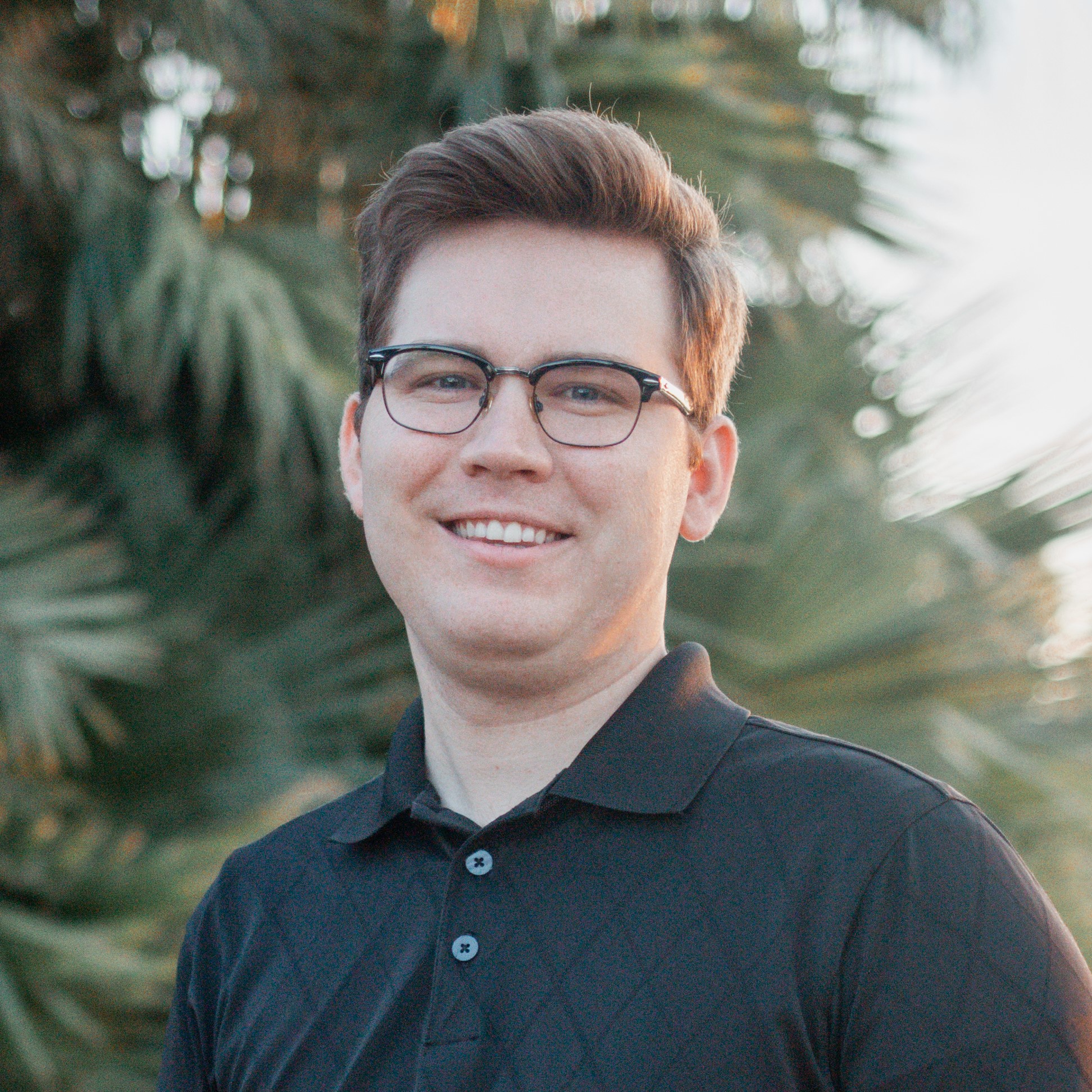Understanding the Study
This paper presents models of both a cell phone and the human head for the purpose of determining the effects of multi-frequency exposure on the specific absorption rate (SAR) during a phone call. In particular, combinations of 1.95 GHz, 1.7475 GHz (both LTE), and 3.75 GHz (5G) were studied.
The Case for Concern
Multiple-frequency radiowave exposure is becoming more common. The study notes the advent of "dual connectivity" in which multiple frequency bands are used together for the purpose of "low-latency and high speed" telecommunications. The theoretical effects of multi-frequency exposure in smartphones have yet to be fully studied, and thus there are concerns regarding the unknown effects.
The Case for Confidence
The authors do point out that "an inaccurate cell phone model can cause large errors in SAR evaluation." We consider this to be part of the case for confidence because overly dramatized results in other publications may indeed be due to the difficulty associated with creating an accurate model of the human body (in terms of what is required for a numerical simulation).
Furthermore, we note that, although theoretical effects of multi-frequency exposure are still unknown, they may be entirely irrelevant due to compliance testing that all smartphones must undergo before public distribution. Perhaps it is not necessary to study multi-frequency exposure using computer simulations when experimental lab analysis is already available for all smartphones on the market.
Final Analysis
This paper provides an impressive set of simulations and theoretical models for the purpose of evaluating multi-frequency electromagnetic radiation exposure. However, the practical use of these models is unclear given the real-world data already available. Nevertheless, the work appears scientifically credible and does not include any dramatic claims of doom-and-gloom. Instead, it provides a thorough mathematical framework for evaluating SAR values in the classic cell phone model.
References
K. Kimura, K. Saito, M. Takahashi, and T. Nagaoka, IEEE Transactions on Electromagnetic Compatibility 1 (2025).

